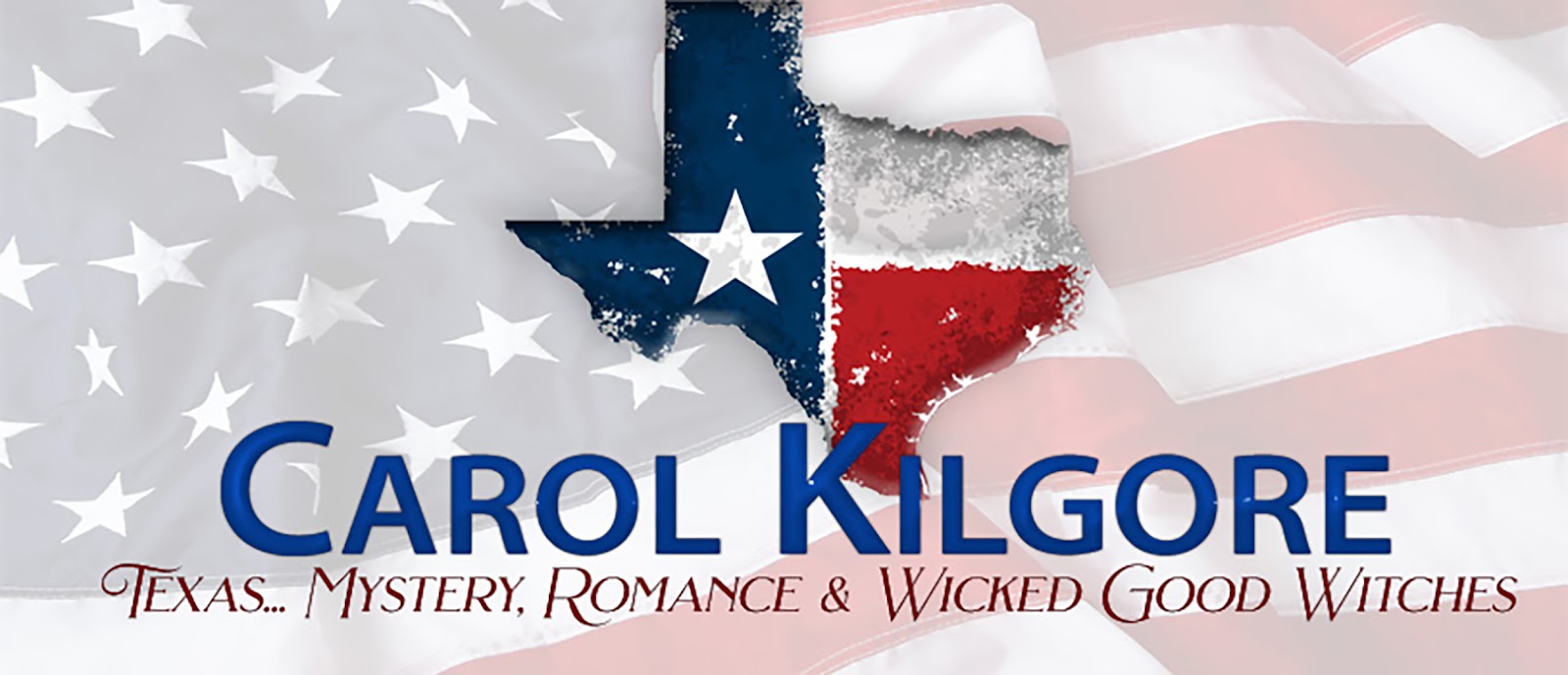People Watching
Today's writing post will be about character building. Books and books, and blogs and blogs, have been written about this. Why? Because it's so important.
Telling a story with a beginning, middle, and end - the plot - is important, too, but without characters the reader believes in, the plot becomes just a series of events. Whether you begin thinking about your story with plot or character, they must meet and become so entwined that the story could not occur without your characters.
In order for this to happen, the characters need to say Ouch! if you pinch them. That means they are not just placeholders. Not a generic man or woman. Not a stereotypical teen. I know you've heard this a jillion times, but like people, characters have quirks and flaws, hot buttons, fears, hopes, and dreams.
Our job, as writers, is to translate all these things into how the characters handle the story you have in mind for them. A woman who is allergic to bee stings won't enjoy a romantic picnic because instead of relaxing, she'll be nervous and alert. But it would explain why she's the only person in the park who can identify the man who tried to kidnap a little boy. See how that works?
How can we accomplish all this? Begin by people watching. Look at people around you in line at the grocery store instead of reading tabloid headlines. Build stories about the frowning woman and the bald man who keeps running his hand over his head. Get past hair, eyes, nose, and mouth, and notice the little things about people. That's a good beginning.
I'll write more about this another time.
Telling a story with a beginning, middle, and end - the plot - is important, too, but without characters the reader believes in, the plot becomes just a series of events. Whether you begin thinking about your story with plot or character, they must meet and become so entwined that the story could not occur without your characters.
In order for this to happen, the characters need to say Ouch! if you pinch them. That means they are not just placeholders. Not a generic man or woman. Not a stereotypical teen. I know you've heard this a jillion times, but like people, characters have quirks and flaws, hot buttons, fears, hopes, and dreams.
Our job, as writers, is to translate all these things into how the characters handle the story you have in mind for them. A woman who is allergic to bee stings won't enjoy a romantic picnic because instead of relaxing, she'll be nervous and alert. But it would explain why she's the only person in the park who can identify the man who tried to kidnap a little boy. See how that works?
How can we accomplish all this? Begin by people watching. Look at people around you in line at the grocery store instead of reading tabloid headlines. Build stories about the frowning woman and the bald man who keeps running his hand over his head. Get past hair, eyes, nose, and mouth, and notice the little things about people. That's a good beginning.
I'll write more about this another time.


Comments
I think I'll start eavesdropping more!